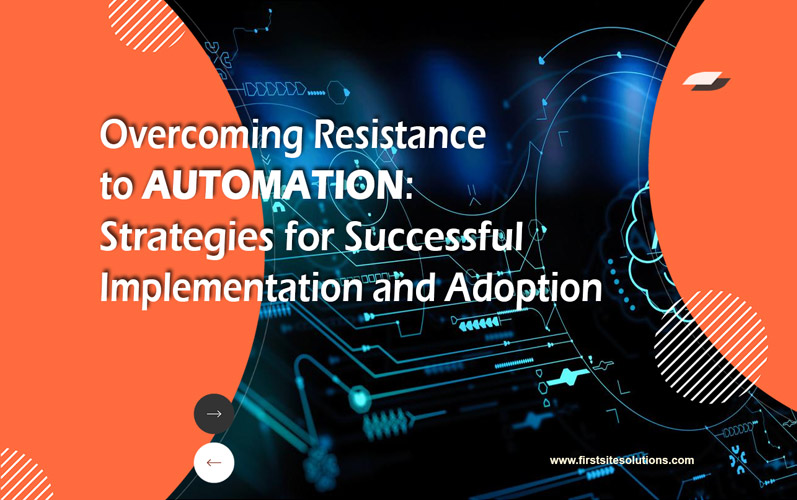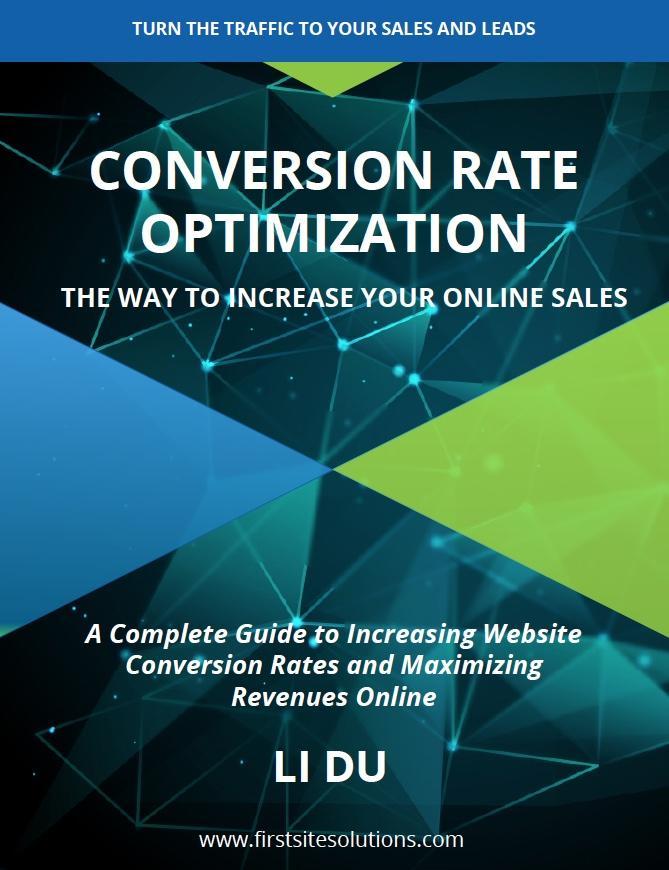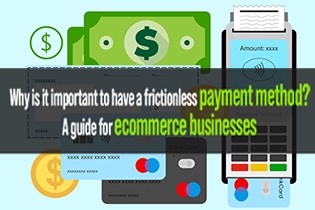
Nowadays, overcoming resistance to automation is a critical challenge faced by organizations striving to remain competitive. As companies increasingly embrace technological advancements to streamline processes and drive efficiency, navigating the barriers posed by skepticism and apprehension becomes essential! Thankfully, by understanding the root causes of resistance and implementing targeted strategies, businesses can pave the way for successful adoption.
Understanding the sources of resistance
Understanding the sources of resistance to automation is immensely helpful in devising effective strategies for overcoming it. One prevalent source of resistance revolves around apprehensions regarding the impact of automation on job security. For instance, despite the evident benefits of machine learning and AI, some individuals harbor concerns about potential job displacement. This fear often arises due to a lack of comprehensive understanding of the nuanced ways in which automation can revolutionize work processes. In other words, employees may perceive automation as a threat to their livelihoods, particularly if they are unfamiliar with the technology or its implications.
Moreover, resistance may stem from a reluctance to deviate from familiar routines or a fear of the unknown. Through education and awareness initiatives, individuals can gain insights into how automation can augment their roles, freeing them from mundane tasks and enabling them to focus on more strategic and value-added responsibilities.
Communicating the benefits
When it comes to implementing automation in your business, effectively communicating its benefits is hugely important, especially for ever-changing industries. For example, the moving industry is constantly evolving with new technologies due to higher customer expectations. By emphasizing the benefits of sales automation and easier creation of documents like bills of lading, moving companies can streamline their operations, improve customer satisfaction, and increase overall efficiency. They can garner buy-in from employees and stakeholders by highlighting how automation can streamline processes and improve efficiency.
Additionally, emphasizing the potential for increased productivity and reduced errors can further underscore the value of automation. Through clear and transparent communication, you can help alleviate any apprehensions and build enthusiasm for embracing automation technologies. Furthermore, showcasing real-life examples of how automation has positively impacted similar businesses can provide evidence of its efficacy!
For overcoming resistance to automation, make sure to go over its benefits in detail!
Involving employees in the process
By involving employees in the automation process, you can gain valuable insights into their daily workflows and pain points. This inclusive approach empowers employees and ensures that automation initiatives align with the needs and realities of the workforce.
Likewise, providing opportunities for skill development and upskilling demonstrates a commitment to supporting employees through the transition. Engaging employees in training programs tailored to their roles can enhance their confidence and proficiency with automation technologies. Lastly, by actively involving employees in decision-making, you can cultivate a culture of collaboration and innovation.
Your employees should be active participants every step of the way!
Addressing concerns and misconceptions
Addressing concerns and misconceptions surrounding automation is a big part of achieving smooth adoption. Holding open forums and listening to employees' fears can create a supportive environment where concerns are addressed constructively. Transparent communication about the company's automation plans and goals also helps dispel misconceptions and build trust among employees.
After all, providing reassurance about the company's commitment to supporting employees through the transition can alleviate the anxieties mentioned above about job security. In addition, sharing success stories and testimonials from other companies can offer tangible examples of the benefits of automation.
Never let concerns and misconceptions fester!
Creating a culture of continuous improvement
By creating a culture of continuous improvement, you promote an environment that encourages experimentation and innovation. This way, companies can identify new opportunities for growth and optimization. Implementing automation tools to streamline processes can increase efficiency and ultimately lead to higher conversion rates.
Recognizing and rewarding employees for their contributions to improvement initiatives can also reinforce a culture of innovation and motivate individuals to seek out opportunities for optimization. Finally, providing resources and support for ongoing learning and development enables employees to stay abreast of emerging trends and technologies, empowering them to drive positive change within the organization.
Ensuring accessibility and support
Maintaining accessibility and support for automation tools is important for maximizing their effectiveness within your organization. First, you want to look for industry-specific software with solid onboarding and a user experience designed to enhance intuitive understanding. Again, this is the most important for industries that depend hugely on client communication, like the aforementioned moving industry. Luckily, movers can opt for MoversTech CRM, a trusty software that is easy to integrate into their business, especially thanks to the excellent support offered by the developers.
From there, investing in user-friendly automation technologies helps employees quickly adapt to and utilize the tools effectively. Providing ongoing technical support and training further enhances accessibility and keeps employees feeling supported throughout the automation process.
Managing change effectively
To overcome adoption issues, you need to manage change effectively. So, developing a clear change management plan is the first step in guiding employees through the process. By clearly communicating the reasons behind the adoption drive, you can help employees understand the broader strategic vision and the benefits it brings. Providing ample opportunities for feedback and addressing concerns along the way fosters a sense of involvement and ownership among employees, too.
Similarly, involving employees in decision-making processes empowers them to take ownership of the changes and contribute to their success. Lastly, regular communication channels are recommended to keep employees informed and engaged throughout the transition period.
Tracking and measuring success
Tracking and measuring the success of overcoming resistance to automation is important for gauging the impact of your efforts. Here, establishing key performance indicators (KPIs) is the first step in quantifying the effectiveness of automation processes. Tracking metrics such as productivity gains, cost savings, and error reduction enables businesses to assess the tangible benefits of automation.
What’s more, regularly evaluating and adjusting adaptation strategies based on data and feedback maintains ongoing optimization and improvement. For instance, by analyzing data from automated processes, you can identify areas for further optimization to improve your digital marketing efforts. Implementing a robust data analytics system also enables businesses to gain valuable insights into customer behavior and preferences, allowing for more targeted marketing campaigns.
Overcoming resistance to automation for growth
With everything we covered, it’s obvious that overcoming resistance to automation is not merely about adopting new technologies. It’s all about fostering a culture of openness, collaboration, and continuous improvement! By addressing concerns and providing support, companies can navigate challenges and embrace automation as a catalyst for growth!











